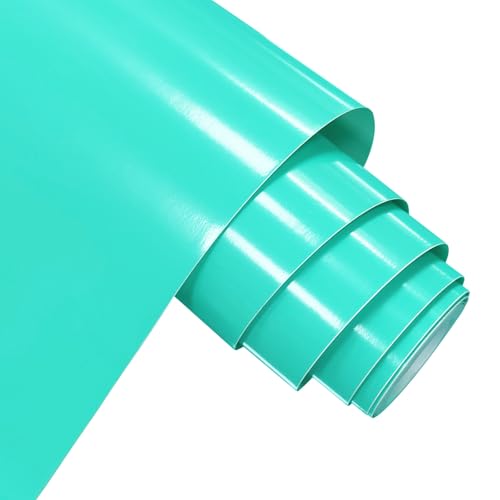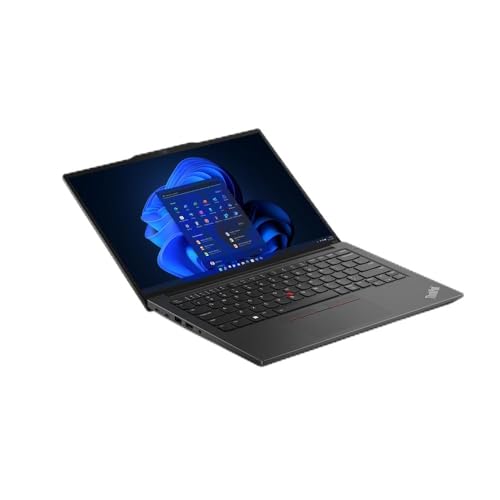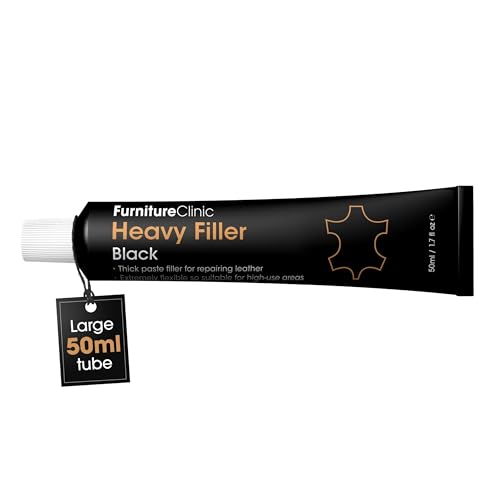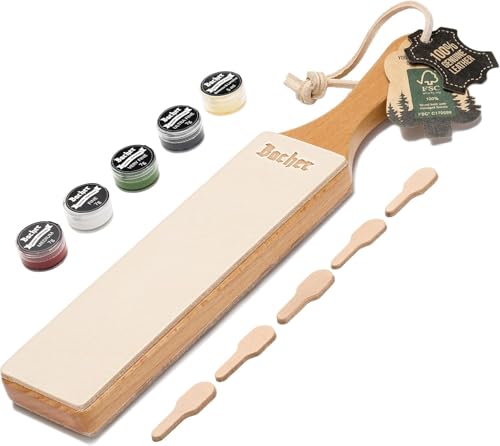Understanding the Purpose of a Fat Separator: Why You Need One
Why Use a Fat Separator?
When cooking meats and making rich sauces, we often encounter excess fat that can overwhelm our dishes. A fat separator is a handy kitchen tool designed to help us enjoy the flavourful parts of our meals without the greasiness. By separating the fat from juices, you can create healthier dishes that retain their taste and richness.
Enhancing Your Cooking Experience
Imagine pouring a luscious gravy over roasted vegetables or a perfectly cooked piece of meat. A fat separator allows us to achieve this by ensuring that only the best components make it onto our plate. This tool ensures enhanced flavour without unwelcome greasiness, making meals healthier without sacrificing taste.
Types of Fat Separators: Choosing the Right Design for Your Kitchen
Understanding Different Designs
Fat separators come in various designs, which can impact their effectiveness and ease of use. The most common types include pitcher-style separators and funnel-style models. Pitcher-style separators resemble a carafe with a spout at the bottom, making it easy to pour out the liquid while leaving the fat behind. Funnel-style separators work similarly but are often used directly over a pot. Choosing the right design for your kitchen depends largely on your cooking habits and storage space.
Material Matters
Fat separators are typically made from plastic, glass, or stainless steel. Each material has its benefits – glass is non-reactive and easy to clean, stainless steel offers durability and heat resistance, while plastic is lightweight and often less expensive. Consider which material will best suit your cooking style and environment, as this can influence both performance and longevity.
How to Use a Fat Separator Effectively: Step-by-Step Guide
Step-by-Step Process
Using a fat separator is straightforward. First, allow your sauce or cooking juices to cool slightly. Hot liquids can expand, causing splatter when pouring. Next, take the separator and pour in the juices without overfilling. Let it sit for a moment to allow the fat to rise to the top. Then, carefully pour out the broth from the bottom spout until you reach the layer of fat. If you have a pitcher-style model, it’s often easier to see the fat layer, and you can closer manage the pour.
Tips for Maximising Effectiveness
To ensure the best results, we recommend straining your liquids before pouring them into the fat separator, especially if there are chunky bits. This prevents clogging of the spout, making your separator work more efficiently. Additionally, practice makes perfect; familiarise yourself with the right pouring speed to avoid mixing the fat back into the liquid.
Cleaning and Maintenance Tips for Your Fat Separator
Easy Cleaning Tips
Keeping your fat separator clean is essential for maintaining its effectiveness and longevity. After each use, rinse it with hot water to remove oils and residues. Most separators are dishwasher safe, but if yours isn’t, a gentle scrub with a brush should suffice. For stubborn stains, a mixture of baking soda and water can work wonders.
Proper Storage for Longevity
To keep your fat separator in good condition, store it in a dry place. Ensure it’s completely dry before stacking anything on top or nesting it with other containers. If possible, avoid using abrasive cleaners or tools that could scratch or damage the surface, especially for glass or plastic models.
Top Recommendations: Our Picks for the Best Fat Separators on the Market
Selecting Based on Your Needs
When it comes to selecting a fat separator, we’ve identified a few top choices that cater to different needs. For those who prefer a lightweight option, a plastic model might serve perfectly. On the other hand, kitchen connoisseurs might gravitate towards glass or stainless steel for durability and aesthetic appeal. Choose a separator with a clear measurement scale to help you control portions and ensure you’re separating accurately as you cook.
Notable Features to Look For
Look for features such as a comfortable handle, a well-designed spout, and an easy-to-read measurement scale. Some models have built-in strainers, which can capture bits and pieces while pouring, providing added convenience. Selecting a fat separator that suits your cooking style can enhance your culinary experience significantly.
































